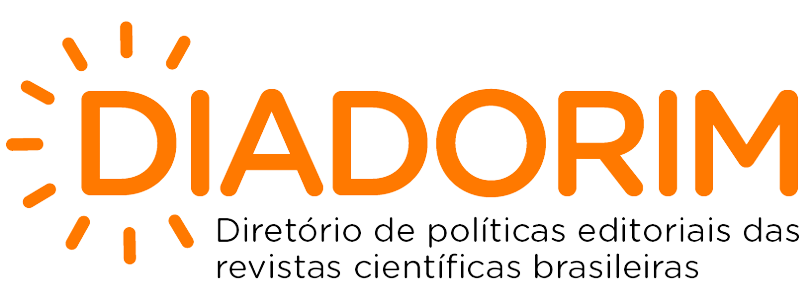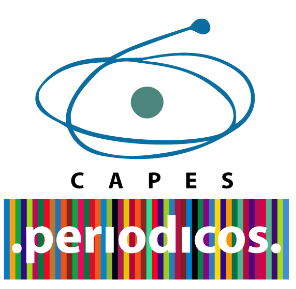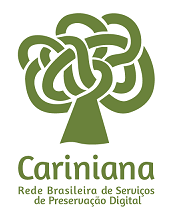Object-oriented classification (geobia) applied to the analysis of the alterations in the use and cover of the land in Rio Da Prata watershed, located in the cities of Jardim and Bonito (In The State Of Mato Grosso Do Sul - MS)
DOI:
https://doi.org/10.5433/2447-1747.2017v26n1p05Keywords:
Land use, Remote sensing, Space-time analysis.Abstract
This study aims to analyze the changes in the use and cover of the land in the Rio da Prata (MS) watershed from 1986 to 2016. The object-oriented classification (GEOBIA - Geographic Object-Based Image Analysis) has been adopted to that end. The Landsat 5 images, TM (Thematic Mapper) sensor, have been used for 1986, 1996 and 2006; and the Landsat 8 images, OLI (Operational Land Imager) sensor, for 2016. Remote sensing and geoprocessing techniques have been applied. The software Envi 5.1 was used for radiometric and atmospheric correction; and the Ecognition 9 and the Arcgis 10.3 programs, for object-oriented classification. Seven land-use classes have been defined: agriculture, water bodies, forest, pasture, humid areas, arboreal vegetation and reforestation. The results have evidenced an expansion of agriculture and cattle raising activities, with a consequent decrease in the arboreal vegetation areas. From 1986 to 2016, there was an increase of 13.11% in the pasture events. The arboreal areas, in turn, have suffered a reduction of 21.37%. Therefore, it is important to analyze the land use, with the support of the remote sensing and geoprocessing resources, in order to indicate environmental planning strategies in the Rio da Prata watershed, located in Mato Grosso do Sul state.Downloads
Downloads
Published
How to Cite
Issue
Section
License
Copyright (c) 2017 GEOGRAFIA (Londrina)

This work is licensed under a Creative Commons Attribution-NonCommercial 4.0 International License.
The authors retain the copyright simultaneously licensing the work under the Creative Commons Attribution-NonCommercial 4.0 International license. This license allows third parties to distribute, remix, adapt, and develop the material in any medium or format for non-commercial purposes, giving due credit for authorship and initial publication in this journal.
The journal reserves the right to make normative, orthographic, and grammatical changes to the originals in order to maintain the standardized language and the credibility of the vehicle while still respecting the authors' writing style. Conceptual suggestions, changes, or corrections will be communicated to the authors when necessary.
The opinions expressed by the authors of the articles are their sole responsibility.
This work is licensed under a Creative Commons Attribution-NonCommercial 4.0 International license.



















